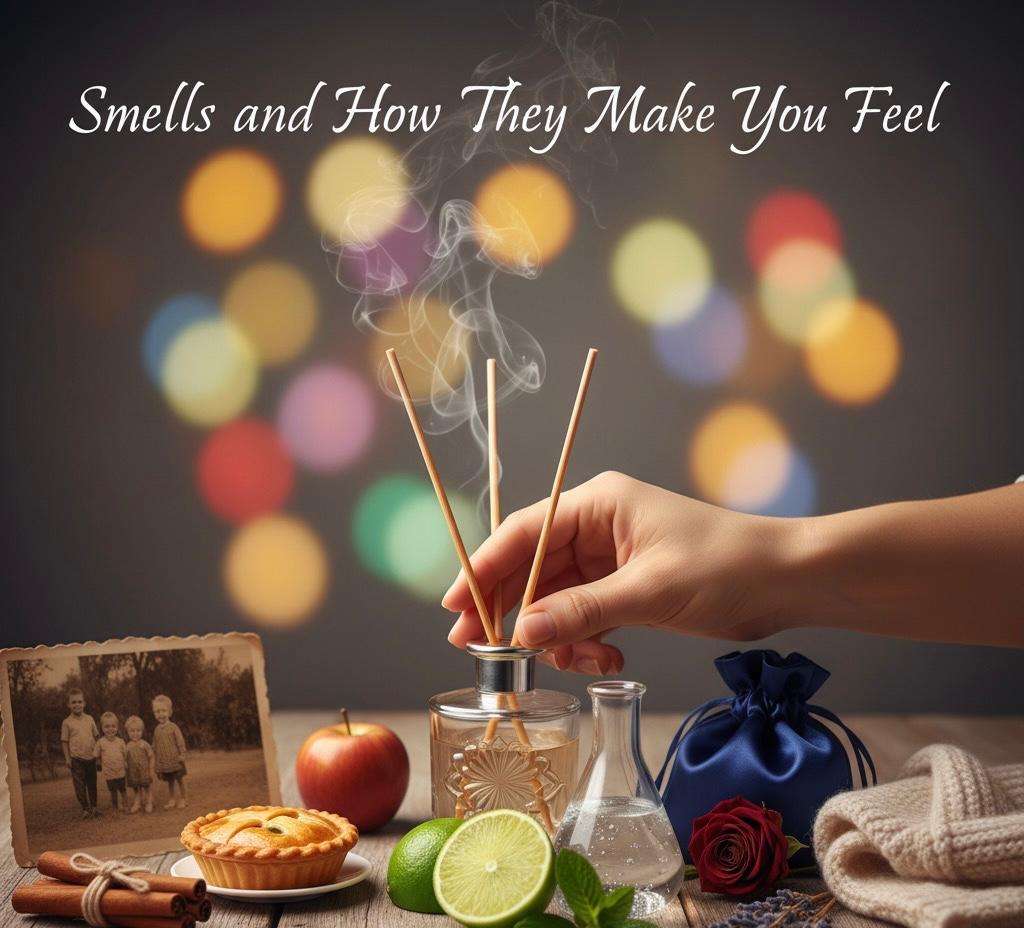A healthy relationship is based on mutual respect, trust, and support. However, some relationships can become toxic, negatively impacting one’s mental, emotional, and even physical health. Recognising the signs of a toxic relationship is crucial for safeguarding your wellbeing and seeking necessary changes. This article explores the key indicators of a toxic relationship, supported by scientific research.
Keywords: signs of a toxic relationship, toxic relationship, relationship red flags, mental health, emotional abuse, Australian mental health
Defining a Toxic Relationship
A toxic relationship is one where the negative behaviours and attitudes of one or both partners cause emotional damage to the other. Such relationships can be found in various contexts, including romantic relationships, friendships, and family dynamics. Toxic relationships are characterised by patterns of behaviour that are harmful and detrimental to one’s mental health and overall wellbeing (Glass, 1995).
Key Signs of a Toxic Relationship
1. Lack of Trust
Trust is a cornerstone of any healthy relationship. In a toxic relationship, there is often a persistent lack of trust. This can manifest as:
- Constant Suspicion: One partner consistently doubts the other’s actions and intentions without reasonable cause.
- Jealousy: Excessive and unfounded jealousy that leads to controlling behaviours (Fitness, 2001).
2. Poor Communication
Healthy relationships thrive on open and honest communication. In toxic relationships, communication is often problematic:
- Criticism and Blame: Frequent blaming and criticism that undermine the partner’s self-esteem.
- Stonewalling: Refusal to communicate, which can escalate conflicts and create emotional distance (Gottman & Silver, 1999).
3. Controlling Behaviour
One partner exerts excessive control over the other’s life, decisions, and activities:
- Isolation: Isolating the partner from friends, family, and support networks.
- Manipulation: Using guilt, threats, or coercion to control the partner’s behaviour (Wright, 2017).
4. Disrespect and Disregard
In a toxic relationship, there is often a lack of respect and consideration:
- Disrespectful Behaviour: Frequent insults, belittling, and humiliation.
- Ignoring Boundaries: Disregarding the partner’s personal boundaries and needs (Johnson, 2008).
5. Emotional Abuse
Emotional abuse is a significant indicator of a toxic relationship and can be as damaging as physical abuse:
- Gaslighting: Manipulating the partner into doubting their own perceptions and sanity.
- Intimidation: Using threats or aggressive behaviour to instil fear (Stark, 2007).
6. Constant Stress and Anxiety
A toxic relationship often leaves one feeling perpetually stressed and anxious:
- Hypervigilance: Always being on edge, anticipating the next conflict or outburst.
- Emotional Drain: Feeling emotionally exhausted and depleted from the relationship (Hogan, Halvorsen, & Johnston, 2009).
7. Lack of Support
A healthy relationship involves mutual support and encouragement. In a toxic relationship, one partner often fails to support the other:
- Undermining Goals: Discouraging or sabotaging the partner’s personal or professional goals.
- Neglecting Needs: Ignoring the emotional and practical needs of the partner (Beach et al., 2003).
Impact of Toxic Relationships on Mental Health
Toxic relationships can have severe implications for mental health, leading to issues such as:
- Depression and Anxiety: Increased risk of developing depression and anxiety disorders.
- Low Self-Esteem: Persistent negative feedback can erode self-worth and confidence.
- Post-Traumatic Stress Disorder (PTSD): In cases of severe emotional or physical abuse, PTSD can develop (Dutton et al., 2006).
Steps to Address a Toxic Relationship
Recognising the signs of a toxic relationship is the first step towards making positive changes. Here are some steps to consider:
- Self-Reflection: Assess the relationship and its impact on your wellbeing.
- Seek Support: Talk to trusted friends, family members, or a mental health professional.
- Set Boundaries: Clearly communicate your boundaries and needs to your partner.
- Consider Professional Help: Couples therapy or individual counselling can provide strategies to address relationship issues.
- Make a Decision: If the relationship is beyond repair, consider ending it to protect your mental health (Nicholson & Biebel, 2002).
Conclusion
Identifying the signs of a toxic relationship is crucial for maintaining your mental and emotional health. Trust, communication, respect, and support are fundamental elements of a healthy relationship. If you recognise these red flags in your relationship, seeking help and making necessary changes can lead to a healthier and more fulfilling life. Remember, prioritising your wellbeing is essential.
References
- Beach, S. R. H., Whisman, M. A., & O’Leary, K. D. (2003). Marital therapy for depression: Theoretical foundation, current status, and future directions. Behavior Therapy, 34(4), 395-419.
- Dutton, M. A., Green, B. L., Kaltman, S. I., Roesch, D. M., Zeffiro, T. A., & Krause, E. D. (2006). Intimate partner violence, PTSD, and adverse health outcomes. Journal of Interpersonal Violence, 21(7), 955-968.
- Fitness, J. (2001). Betrayal, rejection, revenge, and forgiveness: An interpersonal script approach. Interpersonal Rejection, 73-103.
- Glass, L. L. (1995). Not “Just Friends”: Rebuilding Trust and Recovering Your Sanity After Infidelity. Atria Books.
- Gottman, J. M., & Silver, N. (1999). The Seven Principles for Making Marriage Work. Harmony Books.
- Hogan, R., Halvorsen, M., & Johnston, R. (2009). Personality and individual differences in stress and health. Personality and Individual Differences, 47(8), 850-854.
- Johnson, S. M. (2008). Hold Me Tight: Seven Conversations for a Lifetime of Love. Little, Brown Spark.
- Nicholson, J., & Biebel, K. (2002). Commentary: The forms and functions of real-life support for people coping with mental illness. Journal of Clinical Psychology, 58(12), 1461-1472.
- Stark, E. (2007). Coercive Control: How Men Entrap Women in Personal Life. Oxford University Press.
- Wright, J. (2017). Gaslighting: The Narcissist’s Favorite Tool of Manipulation. CreateSpace Independent Publishing Platform.
How to get in touch
If you or your NDIS participant need immediate mental healthcare assistance, feel free to get in contact with us on 1800 NEAR ME – admin@therapynearme.com.au







